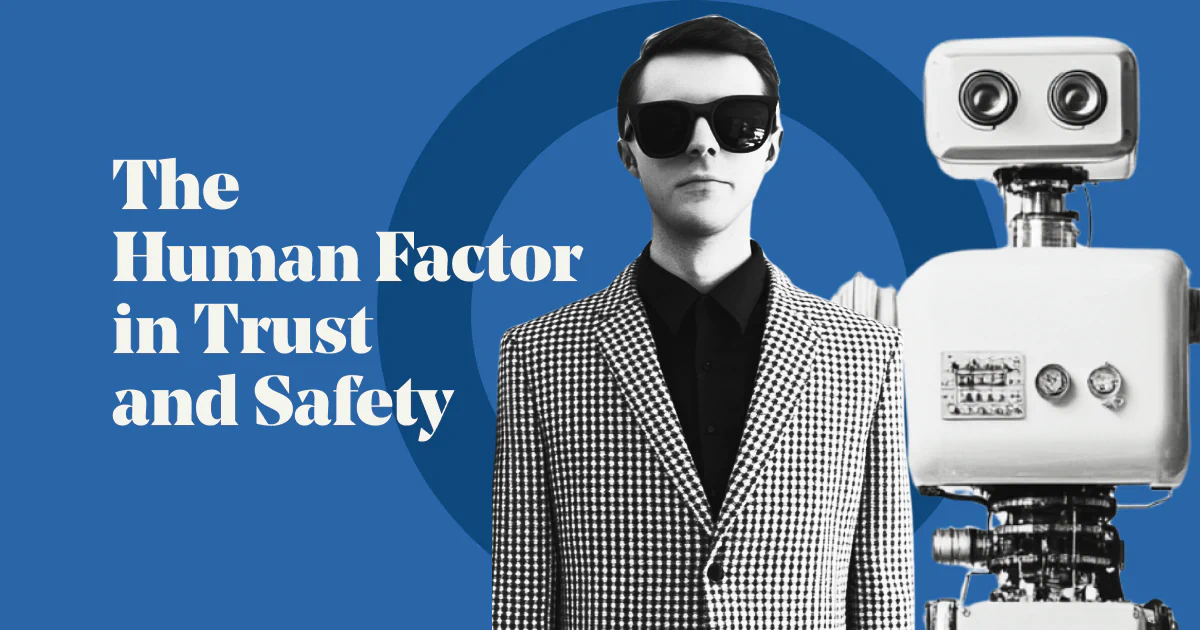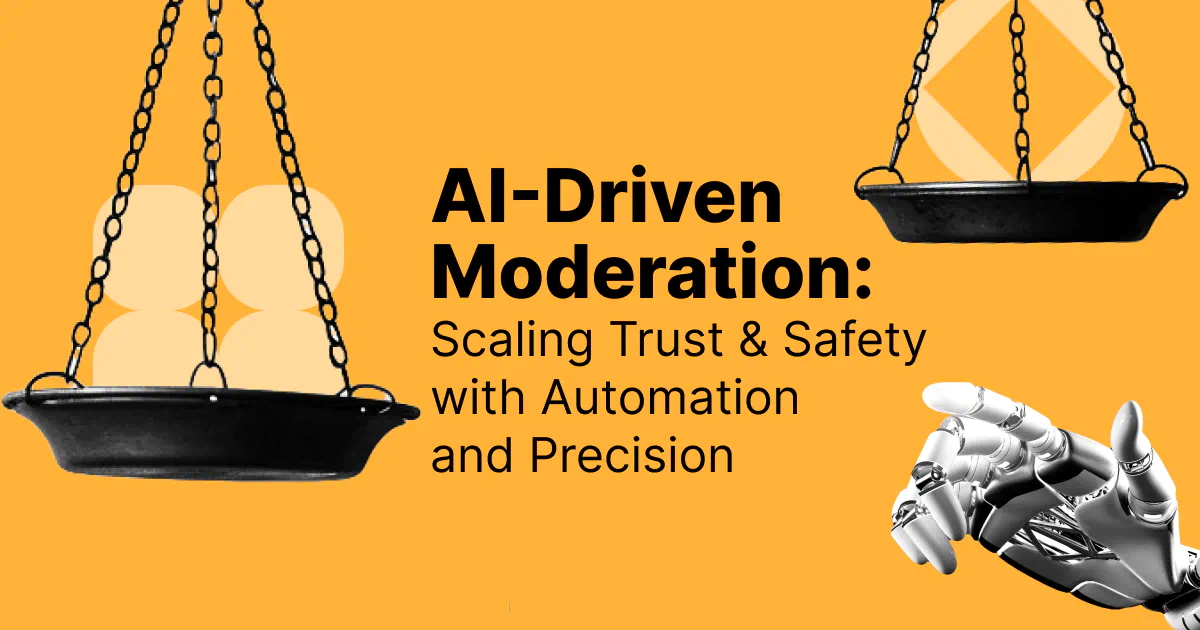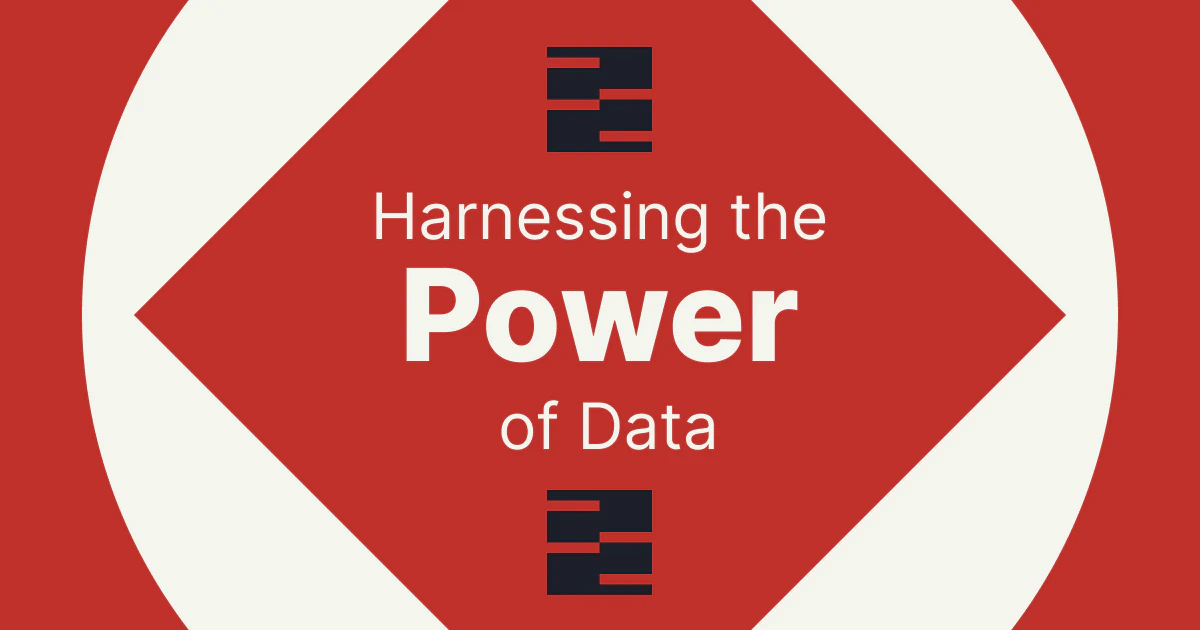Today's Landscape
As AI reshapes the landscape of trust & safety, one key question emerges: what role will humans play in the age of automated moderation?
Human-in-the-loop systems integrate human judgment into automated processes, creating a hybrid approach that enhances trust and safety by combining the strengths of both humans and machines. When the stakes involve protecting users from harm, ensuring fairness, and maintaining platform integrity, trust and safety teams bridge the gap between AI's scalability and human nuance.
When the stakes involve protecting users from harm, ensuring fairness, and maintaining platform integrity, trust and safety teams bridge the gap between AI's scalability and human nuance.
How Humans Enhance Automated Moderation
Improved Accuracy
Automated systems, like AI classifiers, excel at quickly processing vast amounts of data—flagging spam, explicit content, and misinformation. However, they often stumble on context, sarcasm, or cultural subtleties. Humans review ambiguous cases, ensuring decisions align with real-world intent.
Contextual understanding is critical. Consider an oversimplified example: If an AI agent were to review an assertion such as "I'm going to kill you," it would likely categorize it as a threat and escalate it appropriately. However, if this utterance were made in the context of online gaming, specifically a first-person shooter, it should not be classified as a threat. A human reviewer can recognize that it is part of the nature of the in-game play and correct the miscategorization.
Humans are often better equipped to detect novel usage. Automated tools rely on predefined rules or historical data, but new risks often evade detection. For example, devious users avoid banned words with subtle misspellings. Humans can adapt quickly and recognize the intent so they are well positioned to set precedents for future automation.
Quality Control and System Calibration
Humans are a necessary feedback loop to ensure automated moderation decisions are consistent, bias-free, and reliable. Their input recalibrates AI thresholds and rules, optimizing performance. If an AI over-removes posts (high content removal rate but low accuracy), humans can adjust sensitivity, balancing safety with free expression. This fine-tunes automation coverage and reduces backlog, ensuring scalable yet precise T\&S operations.
Having humans in the loop generates valuable data. Human decisions become training inputs, improving AI over time. Metrics like moderation accuracy or false positive rates, discussed earlier, are directly improved by this loop.
The trust and safety team members at this level aren't focused on adjudicating specific content decisions, but making sure the AI tools are evolving to categorize these cases properly.
Enhanced User Transparency and Trust
Content moderation involves more than review, approve, delete, as Izzy Neis, our Head of Digital, always says. While AI is proving useful at handling these initial steps, what happens after still requires human intervention. On most platforms, users can contest and appeal moderation decisions. Human reviewers are a necessary component to ensure accountability and due process.
Beyond correcting mistaken categorization and moderation actions, having humans in the loop eases the minds of users and regulators who are wary of fully automated systems. Visible human involvement reassures stakeholders that ethical judgment underpins decisions and prevents the trust and safety tools from appearing unaccountable "black boxes." They also explain outcomes, making the system less opaque.
One trend we're seeing, especially in the EU, is increased human review of black content. It used to be human review, which was reserved for edge case content – gray content. Moderators make the final determination of whether content flagged by AI is actually in violation. Black content – content flagged by AI as in clear violation of community standards – was only reviewed if appealed. However, with tightening regulations, many companies review black content to ensure the automated flagging is warranted.
Finally, humans in the loop can bring empathy and urgency that AI can't replicate when it comes to critical issues such as child exploitation and imminent threats.
The Evolving Trust and Safety Team
So how are trust and safety teams evolving in the world of increased automated moderation?
Overall, the net effect is that it is raising the bar, requiring fewer frontline moderators and an increasing number of highly skilled specialists.
Overall, the net effect is that it is raising the bar, requiring fewer frontline moderators and an increasing number of highly skilled specialists.
As AI review increases, we need fewer frontline moderators. In many cases, AI can efficiently review content much faster than humans. The added benefit is that AI reduces the time humans have to review the most harmful content.
The demand for higher-skilled moderation is increasing. As UGC grows exponentially and AI quickly reviews and flags content, the need for more tier 2 moderators to review and QA the work of AI and process appeals grows. It's necessary to have people on the team who are still plugged into the platform and who understand the context of the community and the nuances in how they communicate and behave.
Using AI in trust and safety requires a more technically sophisticated team that understands how the technology works and can provide the appropriate feedback to help optimize the algorithms. Positions such as conversation designer and prompt engineer are becoming increasingly common.
Looking beyond mere enforcement, trust and safety teams need empathetic community experts strategically involved to inspire trust and engagement. After all, we want our communities to be not only safe, but engaging and vibrant too.
Finally, and perhaps most critically, effective trust and safety programs need experts adept at developing an overall strategy that ensures regulatory compliance, meets business KPIs, and still manages to build and foster engaged communities that offer exceptional user experiences. That means global legal specialists, behavior management experts, and experienced trust and safety leaders.
Conclusion: The best of both worlds
Years ago, many believed moderation would be fully automated by now. Instead, we've learned that, so far, AI alone cannot navigate the complexities of nuanced content, evolving regulations, and the need for ethical, accountable decisions. The present question isn't whether AI will replace human moderators—it's how humans need to upskill and oversee AI to build smarter and safer communities around the world.
As AI becomes more prevalent, we will need fewer frontline moderators taking the first cut at reviewing and flagging content. Instead, companies are looking to level up their trust and safety teams. They'll need professionals who close the loop, providing valuable feedback for AI to improve results and inform the strategy, policy, and accountability teams about what is and isn't working.
The future of trust and safety demands more than tools; it requires experts who can steer AI in the right direction. Are you ready to build a smarter, more strategic moderation team?





